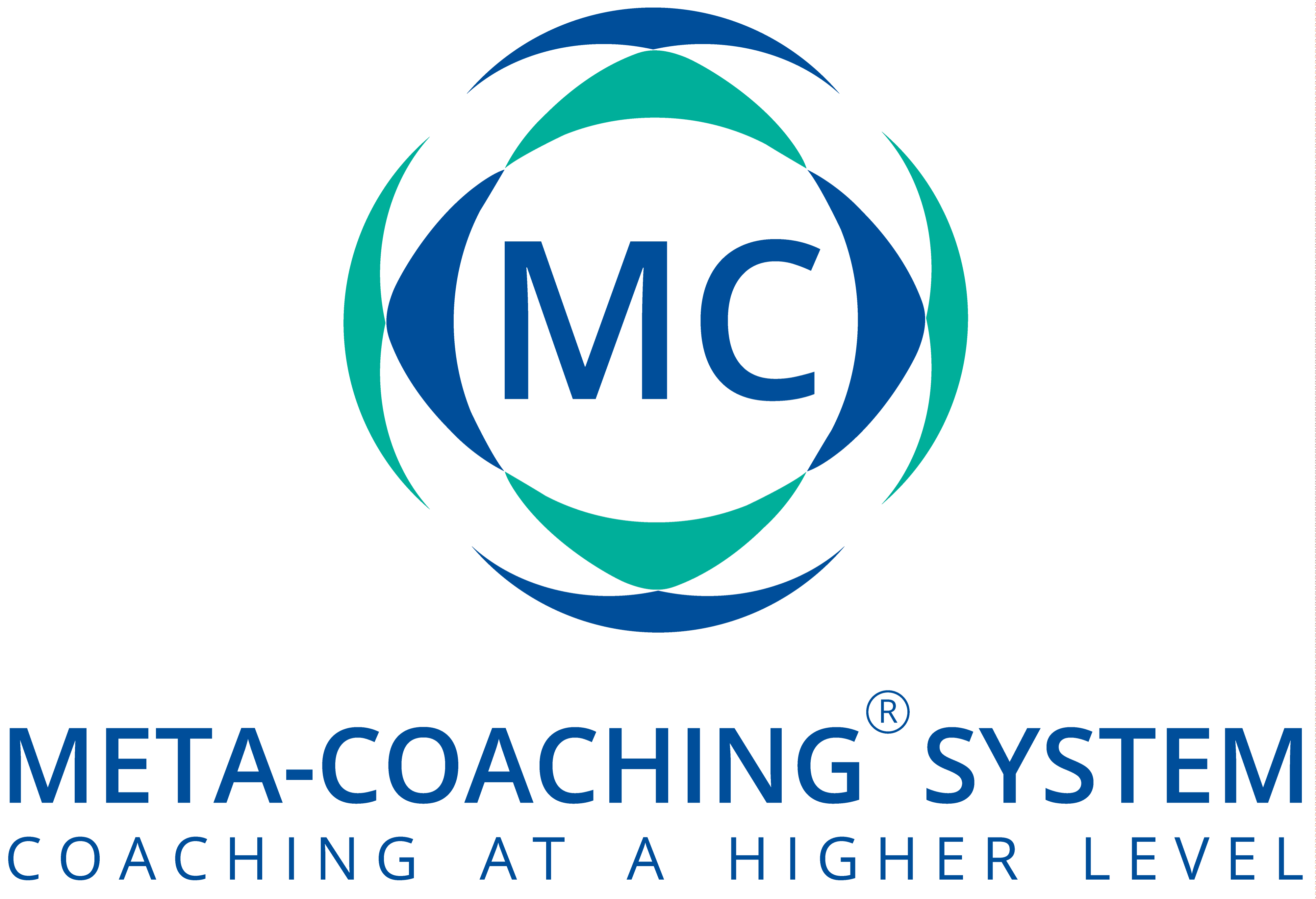~ Article by DrL.Michael Hall and Shawn Dwyer ~
The Design For Meta-Coaching Solutions
The intended design of Meta-Coaching is to co-create, with a client, solutions for your client. These solutions are designed to create solutions to problems, solutions for reaching desired outcomes, solutions for becoming more of who a person can become, solutions for becoming more resourceful in a given context, solutions for becoming more effective and productive, etc.
What stands out in all of this? Coaching is all about solutions.
What clients want are solutions and if coaching is all about solutions- so you must be also. As a Meta-Coach, you must be able to identify solutions which may already be in the person’s life, construct solutions from resources that the person has, facilitate the person to be able access the states wherein solutions will emerge, inspire the person to use a created solution, and so on. From the beginning, Meta-Coaching has been designed as a solution-focused approach, in contrast to a problem-focused approach. We do not start out asking about problems. We begin by asking about outcomes and what needs to happen in order to reach those outcomes.
As a Meta-Coach, can you answer these basic questions about solutions?
What processes can you use to co-create a solution with your client?
How can you best think about co-creating solutions?
What skills do you need to become fully solution-focused?
What premises (assumptions, presuppositions) does a solution-focus approach require?
Solution Oriented Premises
For you as a Meta-Coach, the best premises are the presuppositions that inform NLP and Neuro-Semantics. If NLP is a communication model and informs how we send and receive messages, how we code and experience information, Neuro-Semantics is a model of meaning-making. Neuro-Semantics informs us how we make meaning out of the information codes and translate into our neurology.
1. Solutions are answers to designed outcomes and highest intentionality.
2. Solutions are best built when the client feels safe, trusted, and valued.
3. Solutions are functions of our mental-emotional maps.
4. Solutions are constructed from thinking, meaning-making, and integrating.
5. Solutions are built out of the resources people have within.
6. Solutions are often implied in the “problem.”
7. Solutions can often be built out of “exceptions” to the problem.
8. Solutions can often be constructed from hypothetical mapping (as if framing).
9. Solutions can be built by framing change as an ongoing, inevitable process.
10. Solutions are best created when the coach believes in the client and the possibility of solutions.
11. Solutions are changes that transform life at various levels: behavioral, personal, direction.
12. Solutions are created by reframing.
Building Solutions with Your Clients
As you understand the processes for creating solutions, you can then co-create with your client the needed solutions. First and foremost, you co-create with your client. You do not create the solution by yourself and then hand it over to your client. The onus for the solution does not rest exclusively on you- it is a collaboration between you and your client. The resources are within the client, the motivational energy to act on the solution is in your client. That’s why your primary role is to facilitate.
That’s why rapport with your client and entering into your client’s world and using your client’s words and meta-programs are so essential in coaching.
This also explains why you do your best work when you stick with the well-formed outcome questions until you co-create a desired outcome. That’s premise #1. Don’t attempt to do anything until you finish that. After all,
the outcome -when it is well-designed and absolutely fitting for your client- informs you about the solution. Obviously, the solution must fit the outcome. And if you only have a vague idea of the outcome, or why it’s so important, or what the person has to actually do to achieve it- then you will not be able to co-create an effective solution.
By starting with the client’s outcome and getting that clearly defined also clears out many of the client’s obstacles, mis-understandings, mis-diagnosis, etc. that block the development of a solution. That’s why sometimes, not always, but sometimes, just asking the well-formed outcome questions flushes out the real issues and exposes the solution.
The key for finding the solution occurs in question seven:
“What do you have to do to get what you want?” The answer to that question puts the client in the here-and-now and invites him to talk in process terms about things in his control. That’s where the solution is. That will solve the gap between now and then. The next key question is question fourteen, “What could stop you from getting what you want?” That is the problem question. “What is thrown in the way (Greek, pro-blemo) that prevents you from getting what you want? The answers to that question then solve the barrier or interference question.
As a Meta-Coach, you are a creator and designer of solutions in collaboration with your client. Together you create customized solutions that improve your client’s life. Obviously, you need skills of creatively, skills of facilitation, skills of rapport, skills of questions, and critically- skills of collaboration. In this series of articles, I will develop the solution premises and if you read carefully, you’ll gain a whole set of solution focus questions that you’ll be able to ask your clients.
"*" indicates required fields

